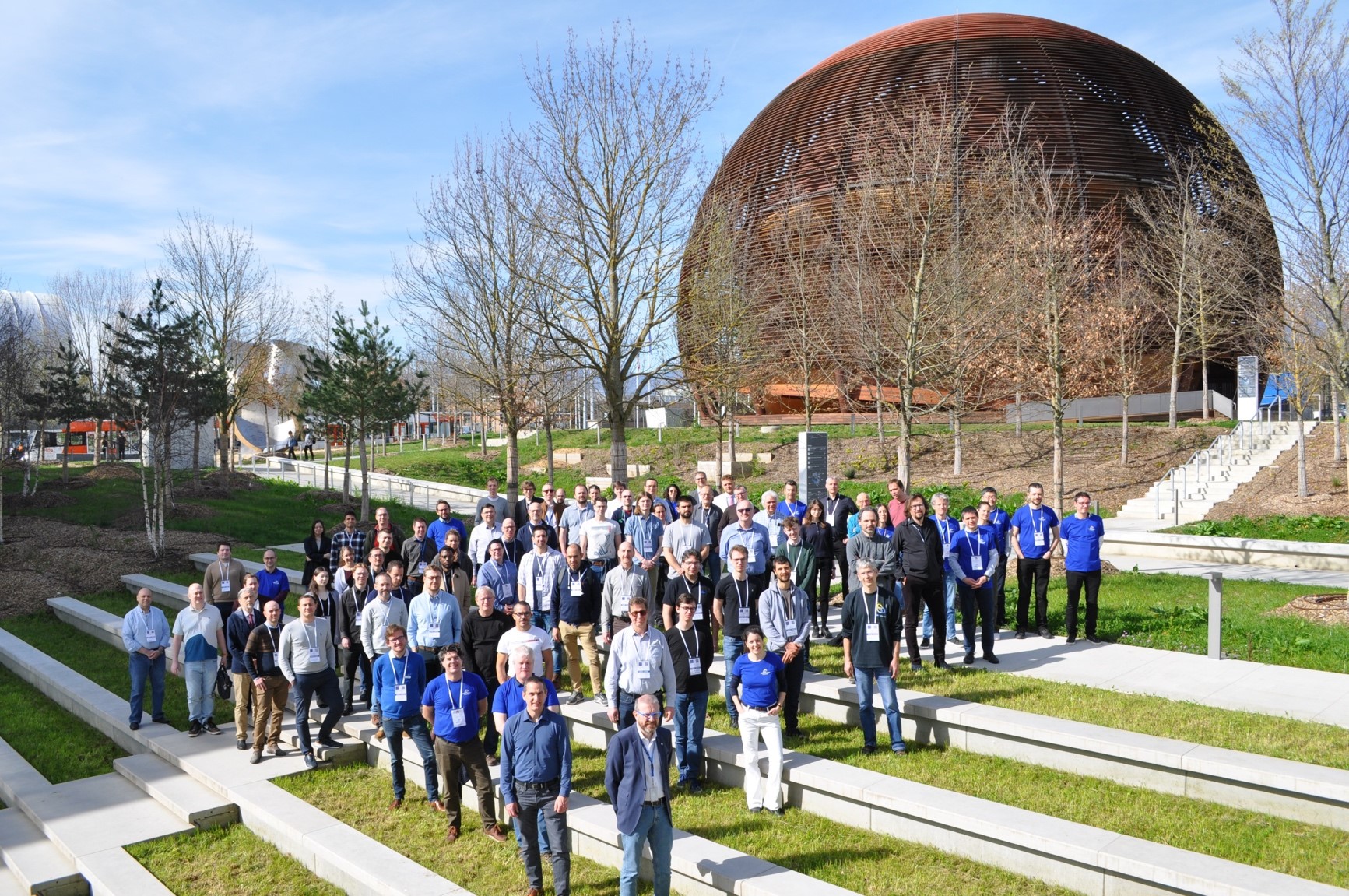Free Courses Sale ends Soon, Get It Now


Free Courses Sale ends Soon, Get It Now



Source: CERN
Disclaimer: Copyright infringement not intended.
Context
The launch of the White Rabbit Collaboration by CERN marks a significant milestone in the adoption and advancement of open-source timing technology.
Details
About White Rabbit (WR) Technology
Key Features of White Rabbit:
Launch of the White Rabbit Collaboration
About Open-Source Timing Technology
Components of Open-Source Timing Systems:
Types of Open-Source Timing Systems:
About CERN
Objectives:
Facilities:
Research:
Contributions:
Conclusion
Sources:
|
PRACTICE QUESTION Q. CERN stands as a beacon of international cooperation, scientific excellence, and groundbreaking discovery in the field of particle physics. Comment. (150 Words) |
© 2024 iasgyan. All right reserved